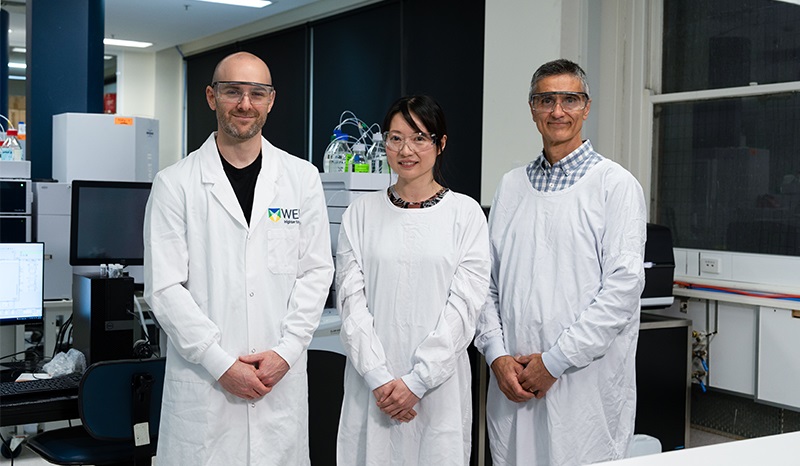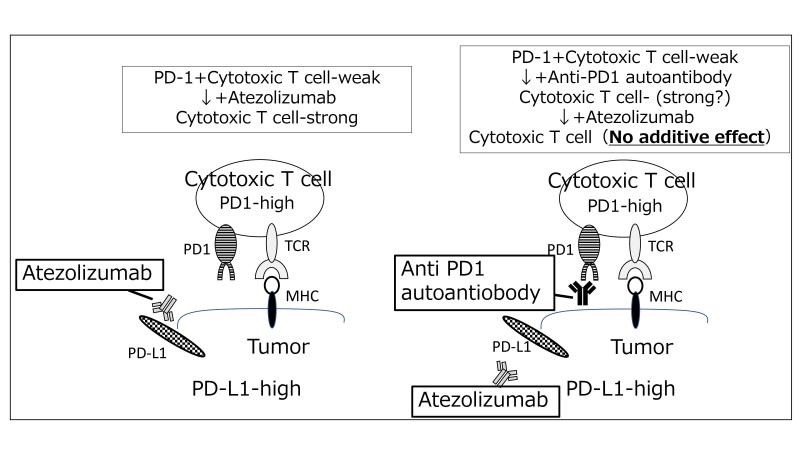Nanoparticles and Faraday Rotation Allow Faster Diagnoses
|
By LabMedica International staff writers Posted on 02 Feb 2017 |

Image: Assistant Professor Shawn Putnam, PhD, of UCF\'s College of Engineering & Computer Science in his laboratory with the frequency-domain Faraday rotation spectroscopy (Photo courtesy of the University of Central Florida).
Magnetic nanoparticles that are coated with an antibody, then aligned in formation within a magnetic field and tallied under laser optics could lead to speedy diagnoses for infectious diseases.
A clinically relevant magneto-optical technique, frequency-domain Faraday rotation spectroscopy (fd-FRS) for characterizing proteins using antibody-functionalized magnetic nanoparticles (MNPs) has been developed.
Bioengineers at the University of Central Florida developed the technique that distinguishes between the Faraday rotation of the solvent, iron oxide core, and functionalization layers of polyethylene glycol polymers (spacer) and model antibody–antigen complexes (anti-BSA/BSA, bovine serum albumin). The technique was combined with predictive analyte binding models quantifies (within an order of magnitude) the number of active binding sites on functionalized MNPs.
The scientists observed a detection sensitivity of ≈10 pg mL−1 and broad detection range of 10 pg mL−1 ≲ cBSA ≲ 100 µg mL−1. Comparative enzyme-linked immunosorbent assay (ELISA) studies are conducted, reproducing the manufacturer advertised BSA ELISA detection limits from 1 ng mL−1 ≲ cBSA ≲ 500 ng mL−1. In addition to the increased sensitivity, broader detection range, and similar specificity, fd-FRS can be conducted in less than 30 minutes, compared to four hours or so with an ELISA.
The authors say that other antigens and their unique antibodies could be substituted for the BSA protein used in the study, allowing medical tests for a wide array of infectious diseases. The proof of concept shows the method could be used to produce biochemical immunology test results in as little as 15 minutes, compared to several hours for ELISA, or enzyme-linked immunosorbent assay, which is currently a standard approach for biomolecule detection. The discovery, if commercialized, could lead to faster test results for human immunodeficiency virus (HIV), Lyme disease, syphilis, rotavirus and other infectious conditions. Shawn A. Putnam, PhD, an assistant professor and a co-author of the study said, “I see no reason why a variation of this technique couldn't be in every hospital throughout the world.” The study was published on January 16, 2017, in the journal Small.
A clinically relevant magneto-optical technique, frequency-domain Faraday rotation spectroscopy (fd-FRS) for characterizing proteins using antibody-functionalized magnetic nanoparticles (MNPs) has been developed.
Bioengineers at the University of Central Florida developed the technique that distinguishes between the Faraday rotation of the solvent, iron oxide core, and functionalization layers of polyethylene glycol polymers (spacer) and model antibody–antigen complexes (anti-BSA/BSA, bovine serum albumin). The technique was combined with predictive analyte binding models quantifies (within an order of magnitude) the number of active binding sites on functionalized MNPs.
The scientists observed a detection sensitivity of ≈10 pg mL−1 and broad detection range of 10 pg mL−1 ≲ cBSA ≲ 100 µg mL−1. Comparative enzyme-linked immunosorbent assay (ELISA) studies are conducted, reproducing the manufacturer advertised BSA ELISA detection limits from 1 ng mL−1 ≲ cBSA ≲ 500 ng mL−1. In addition to the increased sensitivity, broader detection range, and similar specificity, fd-FRS can be conducted in less than 30 minutes, compared to four hours or so with an ELISA.
The authors say that other antigens and their unique antibodies could be substituted for the BSA protein used in the study, allowing medical tests for a wide array of infectious diseases. The proof of concept shows the method could be used to produce biochemical immunology test results in as little as 15 minutes, compared to several hours for ELISA, or enzyme-linked immunosorbent assay, which is currently a standard approach for biomolecule detection. The discovery, if commercialized, could lead to faster test results for human immunodeficiency virus (HIV), Lyme disease, syphilis, rotavirus and other infectious conditions. Shawn A. Putnam, PhD, an assistant professor and a co-author of the study said, “I see no reason why a variation of this technique couldn't be in every hospital throughout the world.” The study was published on January 16, 2017, in the journal Small.
Latest Microbiology News
- High-Accuracy Bedside Test to Diagnose Periprosthetic Joint Infection in Five Minutes
- Innovative Diagnostic Approach for Bacterial Infections to Enable Faster and Effective Treatment
- Non-Invasive Stool Test to Diagnose Endometriosis and Help Reduce Disease Progression
- Automated Positive Blood Culture Sample Preparation Platform Designed to Fight Against Sepsis and AMR
- Revolutionary Molecular Culture ID Technology to Transform Bacterial Diagnostics
- New Digital PCR Assays Enable Accurate and Sensitive Detection of Critical Pathogens
- Rapid Diagnostic System to Deliver Same-Shift Antibiotic Susceptibility Test Results
- AST System Delivers Actionable Results for Gram-Negative Bacteria Directly from Positive Blood Cultures
- Ultra-Rapid Culture-Free Sepsis Test Reduces Testing Time from Days to Hours
- New Rapid Method for Determining Virus Infectivity Could Revolutionize Response to Future Pandemics
- Novel Molecular Test to Help Prevent and Control Multi Drug-Resistant Fungal Pathogen in Healthcare Settings
- Innovative C. Difficile Diagnostic Test Provides Both GDH and Toxin Results within 30 Minutes
- Rapid UTI Test Cuts Detection Time from 3 days to 45 Minutes
- POC STI Test Shortens Time from ED Arrival to Test Results
- Integrated Solution Ushers New Era of Automated Tuberculosis Testing
- Automated Sepsis Test System Enables Rapid Diagnosis for Patients with Severe Bloodstream Infections
Channels
Clinical Chemistry
view channel.jpg)
POC Saliva Testing Device Predicts Heart Failure in 15 Minutes
Heart failure is a serious condition where the heart muscle is unable to pump sufficient oxygen-rich blood throughout the body. It ranks as a major cause of death globally and is particularly fatal for... Read more
Screening Tool Detects Multiple Health Conditions from Single Blood Drop
Infrared spectroscopy, a method using infrared light to study the molecular composition of substances, has been a foundational tool in chemistry for decades, functioning similarly to a molecular fingerprinting... Read more
Integrated Chemistry and Immunoassay Analyzer with Extensive Assay Menu Offers Flexibility, Scalability and Data Commutability
As global healthcare systems increasingly shift towards networked laboratory operational models to enhance efficiency and patient access, there is a greater need for innovative solutions tailored to the... Read moreMolecular Diagnostics
view channel
Respiratory Panel to Help Clinicians Make Precise Treatment Decisions in Outpatient Settings
Respiratory tract infections are the primary reason for visits to emergency departments and subsequent hospitalizations. In the U.S., it is estimated that there are up to 41 million cases of influenza... Read more
Integrating Cardiovascular Risk Biomarkers Aids in Detection of ‘Inflammaging’
Cardiovascular diseases (CVD) continue to be the leading cause of death globally, responsible for nearly one-third of all fatalities worldwide. Traditionally, risk assessment for CVD has focused on well-established... Read more
Genetic Signature in Newborns Predicts Neonatal Sepsis Before Symptoms Appear
Neonatal sepsis, which occurs due to the body’s abnormal response to severe infection within the first 28 days of life, results in approximately 200,000 deaths globally each year. This condition affects around 1.... Read more.jpeg)
Integrating Multiple Protein Markers Predicts Health Outcomes in Chronic Kidney Disease Patients
Previous attempts to discover novel kidney biomarkers as risk factors for chronic kidney disease (CKD) progression have generally focused on evaluating proteins individually, which limits their prognostic... Read moreHematology
view channel
Next Gen CBC and Sepsis Diagnostic System Targets Faster, Earlier, Easier Results
Every hour is critical in protecting patients from infections, yet there are currently limited tools to assist in early diagnosis before patients reach a hospital. The complete blood count (CBC) is a common... Read more
Newly Discovered Blood Group System to Help Identify and Treat Rare Patients
The AnWj blood group antigen, a surface marker discovered in 1972, has remained a mystery regarding its genetic origin—until now. The most common cause of being AnWj-negative is linked to hematological... Read more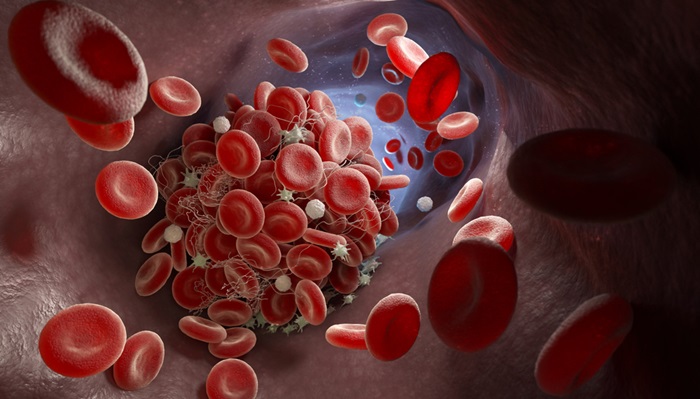
Blood Platelet Score Detects Previously Unmeasured Risk of Heart Attack and Stroke
Platelets, which are cell fragments circulating in the blood, play a critical role in clot formation to stop bleeding. However, in some individuals, platelets can become "hyperreactive," leading to excessive... Read moreImmunology
view channel
Computational Tool Predicts Immunotherapy Outcomes for Metastatic Breast Cancer Patients
Immunotherapy aims to enhance the body’s immune response to target cancer cells, but not all patients experience a positive reaction to such treatments. Identifying which patients will benefit from immunotherapy... Read more
Biomarker Could Predict Immunotherapy Response in Liver Cancer
Until recently, patients diagnosed with hepatocellular carcinoma had limited treatment options, with existing therapies extending life by only a few months. Immunotherapy has emerged as a new alternative... Read more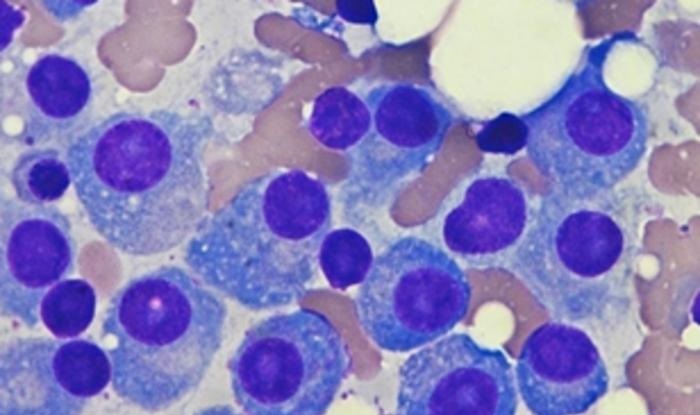
Epigenetic Test Could Determine Efficacy of New Immunotherapy Treatments Against Multiple Myeloma
Multiple myeloma is a blood cancer that primarily affects individuals over the age of sixty, and its occurrence rises as the population ages. In this disease, the bone marrow—the spongy tissue inside bones... Read moreMicrobiology
view channel
High-Accuracy Bedside Test to Diagnose Periprosthetic Joint Infection in Five Minutes
Periprosthetic joint infection (PJI) represents a significant global issue that is worsening as the number of joint replacements increases due to aging populations. In the United States alone, the anticipated... Read more_1.jpg)
Innovative Diagnostic Approach for Bacterial Infections to Enable Faster and Effective Treatment
For patients with bacterial infections, timely treatment with the appropriate antibiotics significantly improves their chances of recovery. Current methods for identifying which antibiotics will be effective... Read more
Non-Invasive Stool Test to Diagnose Endometriosis and Help Reduce Disease Progression
Endometriosis, a painful condition impacting nearly 200 million women globally, occurs when tissue similar to the lining of the uterus grows outside its usual location, such as on the intestines or the... Read more
Automated Positive Blood Culture Sample Preparation Platform Designed to Fight Against Sepsis and AMR
Delayed administration of antibiotics to patients with bloodstream infections significantly increases the risk of morbidity and mortality. For optimal therapeutic outcomes, it is crucial to rapidly identify... Read morePathology
view channel
New Imaging Method Opens Door to Precision Diagnostics for Head and Neck Cancers
Head and neck cancers, while considered rare, represent a significant portion of cancer cases and have seen a notable increase over the past 30 years. These cancers encompass various malignant tumors that... Read more
Faster Measurement of Vibrational Fingerprint of Molecules to Advance Biomedical Diagnostics
Identifying different types of molecules and cells is a vital process in both basic and applied science. Raman spectroscopy serves as a widely utilized measurement technique for this purpose.... Read moreIndustry
view channel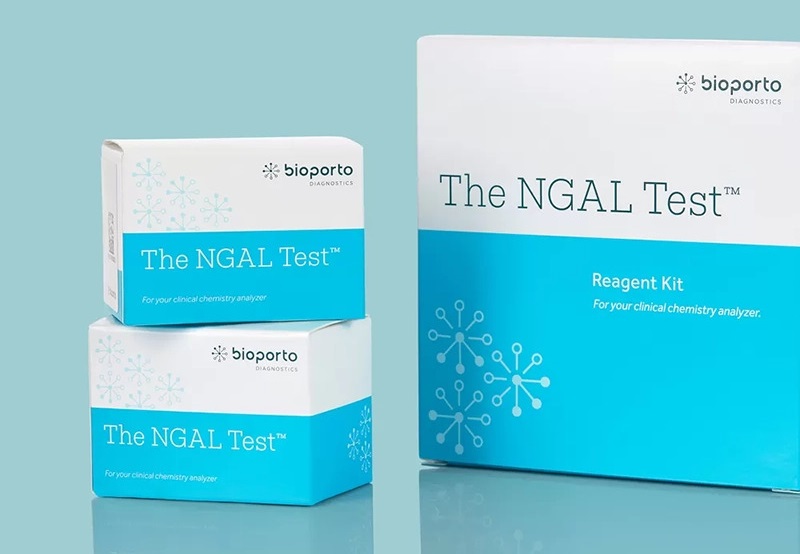
Beckman Coulter Partners with BioPorto for Global Distribution of Acute Kidney Injury NGAL Tests
Acute kidney injury (AKI) is a sudden episode of kidney failure or damage that can occur within a few hours or days. This condition leads to the accumulation of waste products in the blood and disrupts... Read more_1.jpg)
CACLP 2025 New Date and Venue Announced
The 22nd China International In Vitro Diagnostic Expo, organized by the China Association of Clinical Laboratory Practice Expo (CACLP, Shanghai, China), is set to take place from March 21 to 24, 2025,... Read more
Roche to Develop New Diagnostic Technologies for Traumatic Brain Injuries
Traumatic brain injuries (TBI) represent a significant global health issue, affecting approximately 69 million people each year. TBI occurs when an external force disrupts normal brain function, with severity... Read more











